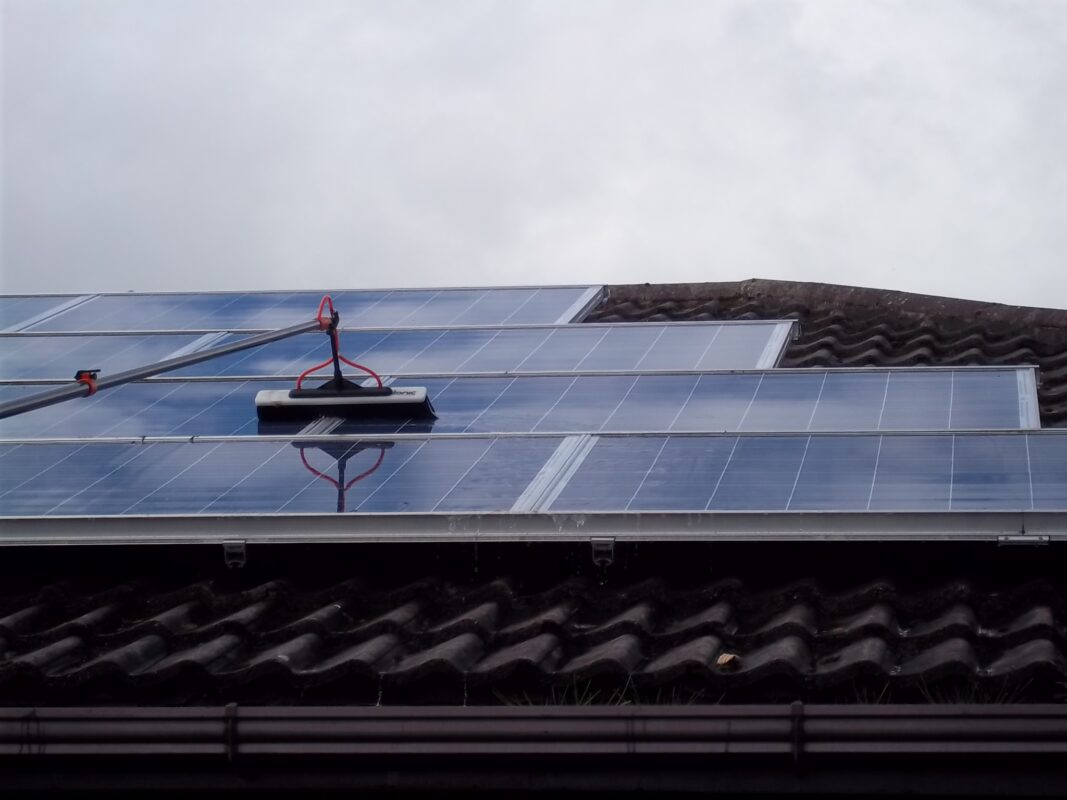
The UK’s growing O&M sector needs greater standardisation – particularly within its entry-level scopes of works – in order to boost confidence within asset owners.
Vassilis Papaeconomou, managing director at asset management firm Alectris, led calls for standardisation during this week’s ‘Raising Standards in Solar PV Operations & Maintenance’ event hosted jointly by the Solar Trade Association and SolarPower Europe.
Papaeconomou claimed that there was a burgeoning split between EPC firms and O&M providers, with a standalone O&M sector emerging to cater for the amount of solar assets developed in the UK that are both leaving the standard two-year warranty period and changing hands as the secondary market continues to be active.
While this sector is still maturing, Papaeconomou said that there was a “huge” difference in the quality of services offered, and called for standardisation of some services to increase owner confidence in suppliers.
He concluded by stating that a future O&M market would benefit from a greater standardisation of best practice in the industry, where “clarity and consensus” on services from all stakeholders would create “increased and healthy competition”.
However responding to Papaeconomou from the floor was Magnetar CEO Dan Kirk, who questioned whether a standardised approach to O&M would be applicable to a market as fragmented as the UK.
Later in the day Kirk went on to discuss how there have been huge differences in O&M contracts in the UK market, particularly as the market has continued to mature. “The next round of contracts [to be offered] will be very, very detailed,” he said, comparing them to current contracts which have been basic.
The government-imposed ROC rushes have meant that a significant amount of the UK’s operational utility-scale solar capacity has been deployed at pace in the build-up to two separate dates; 1 April 2015 and 1 April 2016.
This, coupled with competition from various aspects of the solar supply chain, has created a largely fragmented deployment base with differing components, design aspects and, ultimately, build qualities.
However Papaeconomou stood firm, implying that rather than a sweeping standardisation of practices, the industry would benefit from contractors singing from the same hymn sheet. “Standardisation is a platform where we can communicate the same language,” he added.
